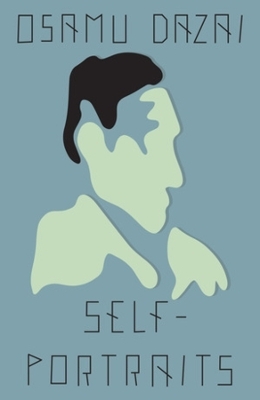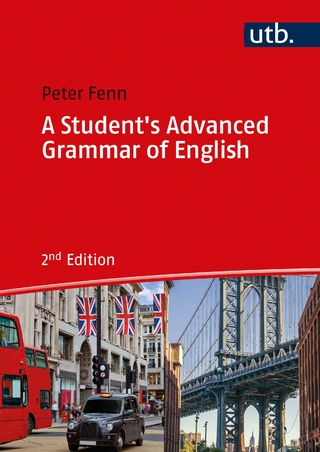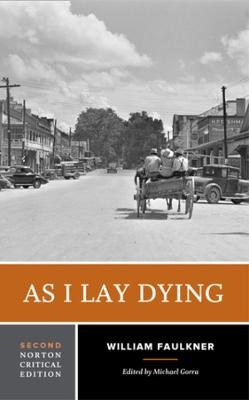
Representing 9/11
Rowman & Littlefield (Verlag)
978-1-4422-5267-7 (ISBN)
As the horrific events of September 11, 2001, slip deeper into the past, the significance of 9/11 remains a global cultural touchstone. Initially, filmmakers, writers, and other artists wrangled with its meaning, often relying on fantastical, ethnic, or exceptionalist themes to address the psychic dread of the terrorist attacks. Over time, however, more nuanced and socio-historical perspectives about 9/11 and its impact on America and the world have emerged.
In Representing 9/11: Trauma, Ideology, and Nationalism in Literature, Film, and Television, prominent authors from a variety of disciplines demonstrate how emergent American and international texts expand upon and complicate the initial post-9/11 canon. Editor Paul Petrovic has assembled a collection of essays that broadens our understanding of how popular culture has addressed 9/11, particularly as it has evolved over time. Contributors bring fresh readings to popular novels, such as Jonathan Lethem’s Chronic City and Jonathan Franzen’s Freedom; films like Zero Dark Thirty and This Is the End; and television shows such as 24 and Homeland.
Showcasing a diverse range of viewpoints, essays in this collection assess, among other topics, how African American identity is challenged by post-9/11 allegories; how superhero films foretell the inevitability of city-wide destruction by terrorists; and how shows like Breaking Bad problematize ideas of liberalism and masculinity. Though primarily aimed at scholars, Representing 9/11 seeks to engage readers interested in how various forms of media have interpreted the events and aftermath of the terrorist attacks in 2001.
Paul Petrovic teaches at the University of Tulsa. His work has been published in Critique, Studies in American Naturalism, Journal of Graphic Novels and Comics, and in the collection Sexual Ideology in the Works of Alan Moore: Critical Essays on the Graphic Novels (2012).
Acknowledgments
Introduction: Paul Petrovic
COUNTER-REACTIONS AGAINST REALISM:
Chapter 1: Jess Walter’s The Zero: Satirizing the ‘Desert of the Real’
Marjorie Worthington
Chapter 2: Memorializing Post-9/11 New York in Jonathan Lethem’s Chronic City
Jeffrey Severs
Chapter 3: Never Give a Good Politician Time to Pray: Stephen King’s Treatment of
Political Power and Community Involvement in Under the Dome Tamara Watkins
Chapter 4: Which Came First; Zombies or the Plague?: Colson Whitehead’s Zone One as
Post-9/11 Allegory
Anne Canavan
Chapter 5: A Eulogy of the Urban Superhero: The Everyday Destruction of Space in the Superhero Film
James M. Gilmore
PERCEPTION, IDEOLOGY AND COMMUNITY:
Chapter 6: Paucity of Imagination: Stereotypes, Public Debates, and the Limits of
Ideology in Amy Waldman’s The Submission
Amir Khadem
Chapter 7: Strangers in a Homeland: Veterans and “Innocensus” in Billy Lynn's Long
Halftime Walk and The Yellow Birds
Damon Barta
Chapter 8: “Our New Customer is the Bush Administration?”: Questioning Cultural
Identity and Governmental Surveillance in Allegra Goodman’s The Cookbook Collector
Paul Petrovic
Chapter 9: “I’m the Motherfucker Who Found This Place”: Locating Post-bin Laden
America in Zero Dark Thirty
Lloyd Isaac Vayo
From 24 to Homeland: the Shift in America’s Perception of Terrorism—Deborah Pless
MASCULINITY, MARGINALIZATION, MELANCHOLY, AND HYPER-PROTECTION:
Chapter 10: The Danger that Keeps Knocking: Representations of Post-9/11 Masculinity in
Vince Gilligan’s Breaking Bad
Shana Kraynak
Chapter 11: Post-Closet and Post-9/11: The Bromantic Imagination of Disaster in This Is
the End and I’m So Excited!
Ken Feil
Chapter 12: The Human Barnyard: Rhetoric, Identification, and Symbolic Representation
in Giannina Braschi’s United States of Banana
Elizabeth Lowry
Chapter 13: The Pain and Prison of Post-9/11 Parenting in Jonathan Franzen’s Freedom Megan Cannella
Chapter 14: How to Get to 9/11: Teju Cole’s Melancholic Fiction
Ariela Freedman
Chapter 15: Poetic Responses to 9/11 and Adrienne Rich’s “The School Among the Ruins”
Lin Knutson
INTERNATIONAL RESPONSES:
Chapter 16: ‘Some sense of Bridge-making’: Exploring the Relationship between America
and Pakistan in Moshin Hamid’s The Reluctant Fundamentalist and Mira Nair’s Film Adaptation
Laura Findlay
Chapter 17: Haunting Cartographies: Mapping the Aftermath in Joachim Trier’s Olso, 31st
August
Danica van de Velde
Index
About the Contributors
| Verlagsort | Lanham, MD |
|---|---|
| Sprache | englisch |
| Maße | 162 x 235 mm |
| Gewicht | 494 g |
| Themenwelt | Kunst / Musik / Theater ► Film / TV |
| Geisteswissenschaften ► Sprach- / Literaturwissenschaft ► Anglistik / Amerikanistik | |
| Geisteswissenschaften ► Sprach- / Literaturwissenschaft ► Literaturwissenschaft | |
| Sozialwissenschaften ► Kommunikation / Medien ► Medienwissenschaft | |
| ISBN-10 | 1-4422-5267-7 / 1442252677 |
| ISBN-13 | 978-1-4422-5267-7 / 9781442252677 |
| Zustand | Neuware |
| Haben Sie eine Frage zum Produkt? |
aus dem Bereich


